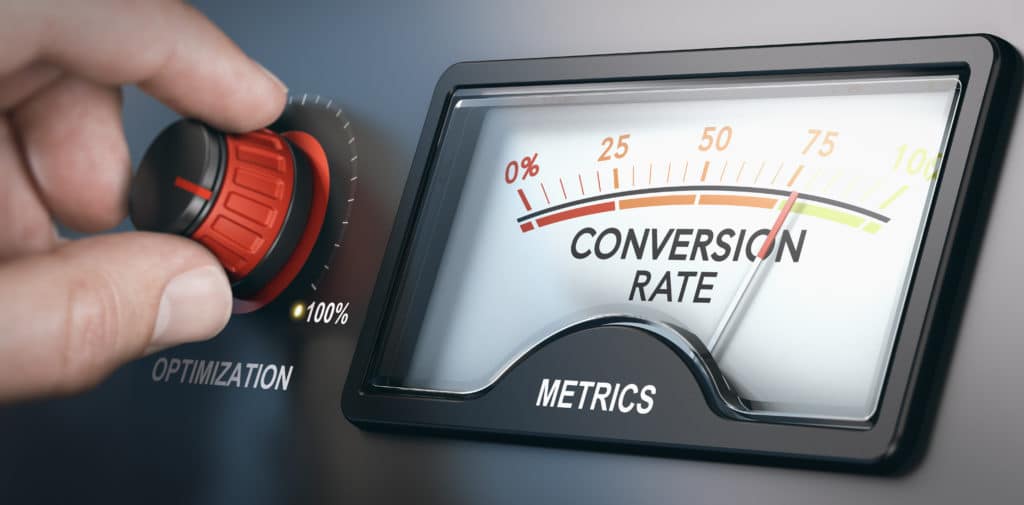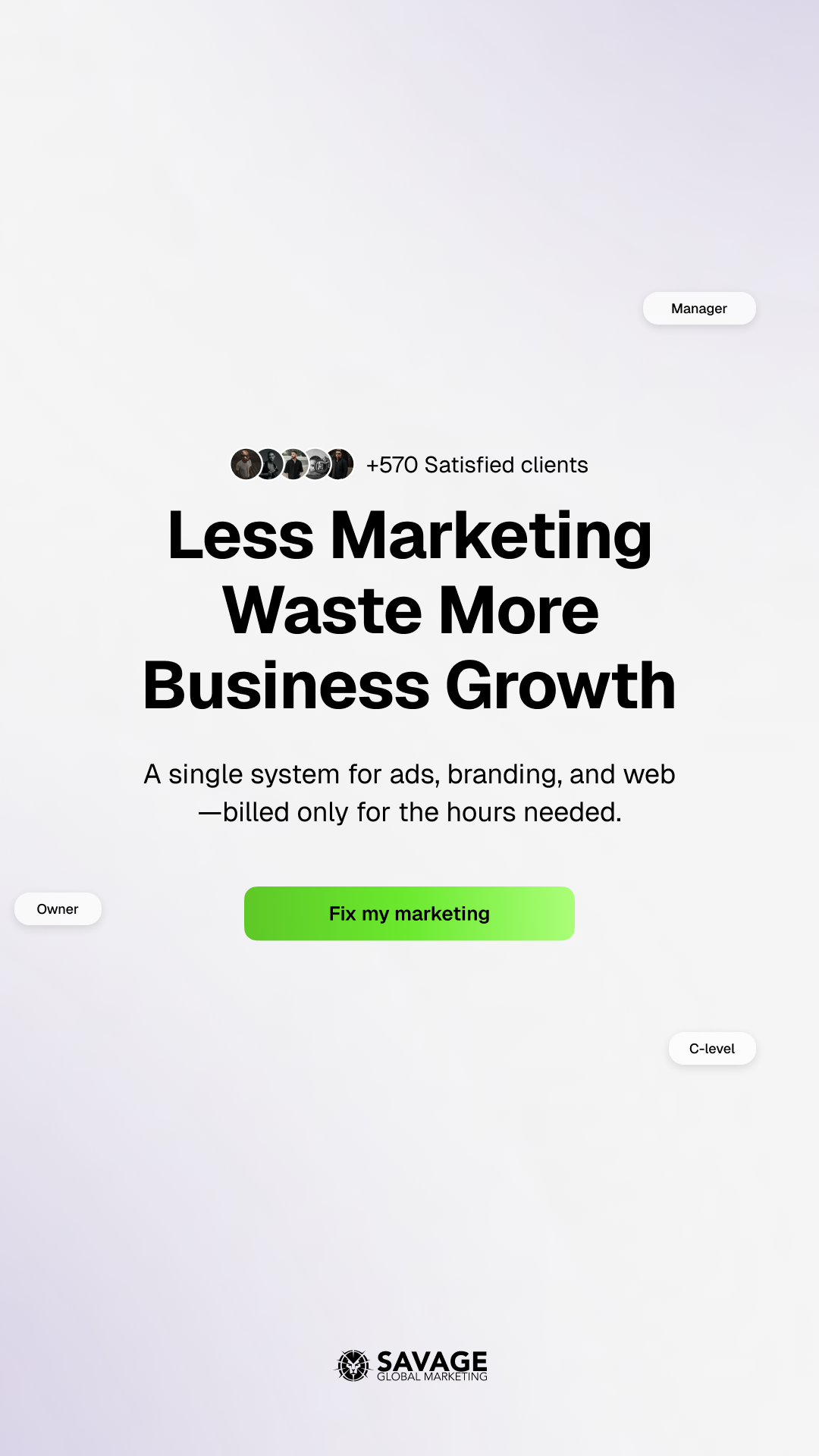Whether a large enterprise or a small startup, the number one goal of any business is to grow its customer base and increase sales revenue. While multiple resources and strategies can be used to achieve that goal, one method stands out from the rest because of its efficiency and effectiveness. Here, we are going to talk about conversion rate optimization. What it is and how it can help grow your business.

What is Conversion Rate Optimization?
Before we can get to why you should use conversion rate optimization, you have to know what it is. Conversion rate optimization is the process that is used to increase the percentage of visitors to your website who convert to paying customers. For example, if your website’s conversion rate is 60%, then it means that 60% of the visitors to your website are converting into customers, which would be considered a reasonable conversion rate. On the other hand, if your website’s conversion rate is 5%, just 5% of visitors are converting into customers, which is considered an alarming conversion rate.
Like running a convenience store, the number of people who enter your store daily will not matter if everyone leaves without buying anything. Similarly, conversion rate optimization helps measure the traffic to your website and provides you with helpful information on how many of those visitors converted into paying customers. Conversion rate optimization also focuses on enhancing the value you offer on your website and helping reduce any friction or bottlenecks in the sales funnel, which may hamper sales.
As you may have guessed by now, conversion rate optimization has got many moving parts, some of which are discussed below:
Call to Action (CTA) tells your visitors what you need them to do next once they’ve landed on your website or landing page.
Conversion Funnel – The conversion funnel is a series of steps that need to be taken by the visitor once they reach your website. Completing these steps is crucial so that they can fulfill your primary goal, which is to make a sale.
A/B Testing – At the heart of all conversion rate optimization is A/B Testing. This has become a common practice among marketers and business owners who use conversion rate optimization to grow their sales. Using A/B testing, you can measure your results using different versions of the same website or landing page to increase your sales.
Multivariate Testing – This is also known as MVT and is a version of A/B testing that allows you to test multiple variables simultaneously.
Usability – These are some best practices that marketers and business owners use to ensure the website is user-friendly. Improving the usability of a website can significantly improve conversions by either making it easier to buy or shortening the process that goes into selecting a product and making a purchase on a website.
Creating an effective conversion rate optimization strategy will also involve analytics, user recordings, and heat maps so that the visitors to your website do exactly what you want them to do.



